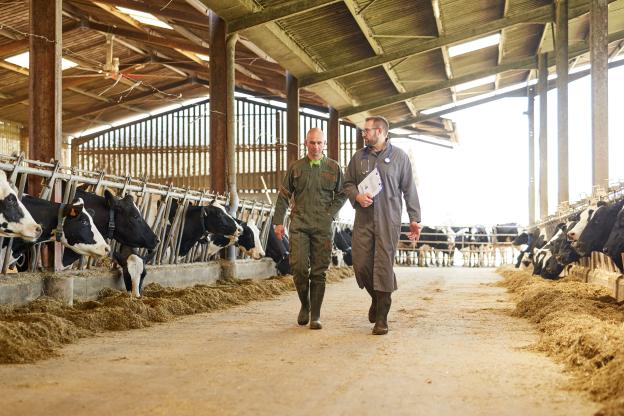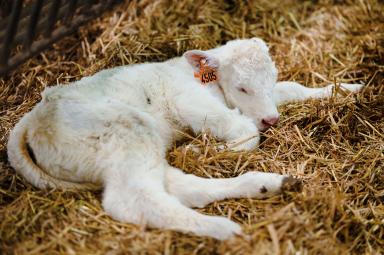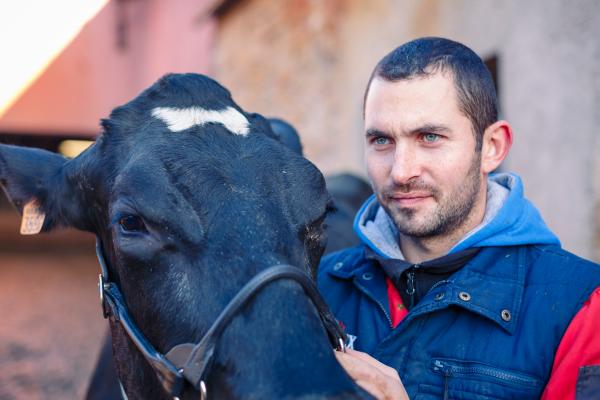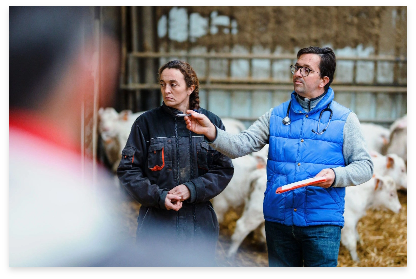References
1. Žuffa, T., Durel, L., Hraška, V., Svitacová, D., Reyneke, R., & Štastný, P. (2019). Immune Response and Efficacy of a New Calf Scour Vaccine Injected Once during the last Trimester of Gestation. Concept in Dairy and Veterinary Science, 2(5), 266–271. https://lupinepublishers.com/dairy-veterinary-science-jounal/pdf/CDVS.MS.ID.000153.pdf
2. Svensson, C. and Hultgren, J. (2008). Associations Between Housing, Management, and Morbidity During Rearing and Subsequent First-Lactation Milk Production of Dairy Cows in Southwest Sweden J. Dairy Sci. 91, 1510–1518. https://doi.org/10.3168/jds.2007-0235
3. Abuelo, A., Cullens, F., Brester, J.L. (2021) Effect of preweaning disease on the reproductive performance and first-lactation milk production of heifers in a large dairy herd J. Dairy Sci. 104(6):7008-7017. https://doi.org/10.3168/jds.2020-19791
4. Aghakeshmiri, F., Azizzadeh, M., Farzaneh, N., & Gorjidooz, M. (2017). Effects of neonatal diarrhea and other conditions on subsequent productive and reproductive performance of heifer calves. Veterinary Research Communications, 41(2), 107–112. https://doi.org/10.1007/s11259-017-9678-9
5. Meganck, V., Hoflack, G., & Opsomer, G. (2014). Advances in prevention and therapy of neonatal dairy calf diarrhoea: a systematical review with emphasis on colostrum management and fluid therapy. Acta Veterinaria Scandinavica, 56, 75. https://doi.org/10.1186/s13028-014-0075-x
6. Cho, Y., Kyoung-Jin, Y. (2014) An overview of calf diarrhea - infectious etiology, diagnosis, and intervention. J. Vet. Sci., 15(1), 1-17 http://dx.doi.org/10.4142/jvs.2014.15.1.1
7. Lacreusette, M., Chrétiennot, C.E., Geollot, S., Sanne, E., (2019) Identification et levée des freins à la vaccination contre les agents d’entérites néonatales. Numéro spéciale Bulletin des GTV Gestion du jeune âge : éviter le retard au démarrage
8. Palczynski, L., Bleach, E., Brennan, M. and Robinson, P. (2021) Stakeholder Perceptions of Disease Management for Dairy Calves: “It’s Just Little Things That Make Such a Big Difference”. Animals, 11, 2829. https://doi.org/10.3390/ani11102829
9. Bartels, C., Holzhauer, M., Jorritsma R., Swart, W., Lam T. (2010) Prevalence, prediction and risk factors of enteropathogens in normal and non-normal faeces of young Dutch dairy calves. Preventive Veterinary Medicine 93 ; 162–169. https://doi.org/10.1016/j.prevetmed.2009.09.020






